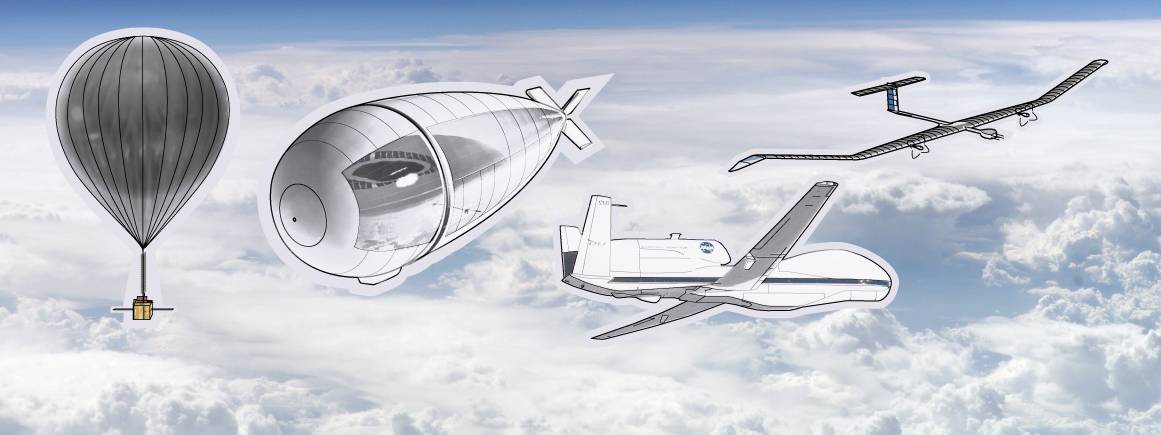
Centre for High Altitude Platform Applications
Developing novel uses for high altitude platform infrastructures.
The Centre for High Altitude Platform Applications (CHAPA) is a collaboration between the departments of Electronic Engineering, Chemistry and Environment and Geography (old).
We specialise in high altitude platform applications relating to wireless communications, atmospheric science research, and environmental monitoring and control for smart cities.
Contact us
David Grace, Director
Director, Centre for High Altitude Platform Applications

What are High Altitude Platforms?
High altitude platforms (HAPs) are aircraft, airships or balloons situated in the stratosphere (from 17 to 22 km above the ground) and can provide applications over regional areas of coverage.
They can be used to deliver a variety of services, including wireless communications, environmental monitoring and atmospheric science research. They can provide real-time monitoring of ground-based infrastructure or environmental features.
HAPs have the potential capability to serve a large number of users, who could be situated either in crowded cities or sparsely-populated rural areas. Their high altitude, longevity, and autonomous control allows them to be deployed in hard to reach areas, enabling new studies of the earth’s atmosphere to be undertaken.